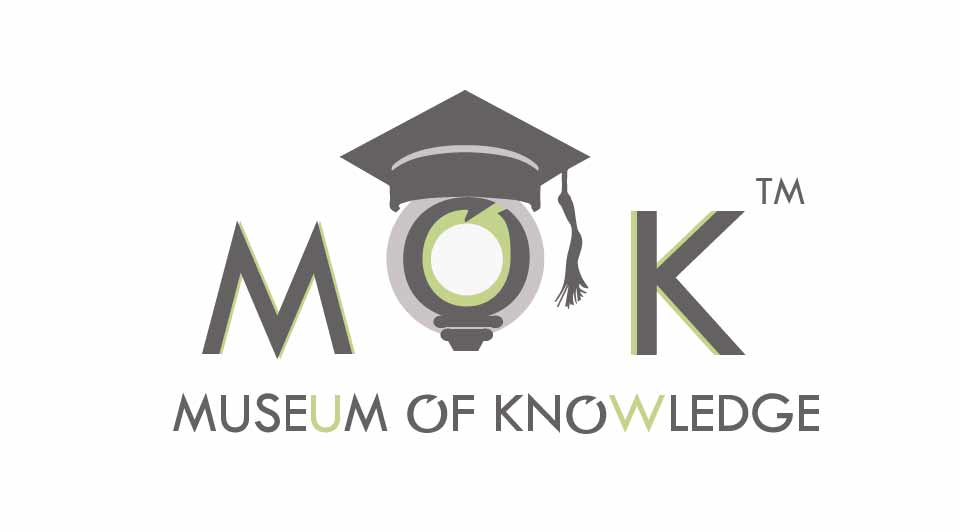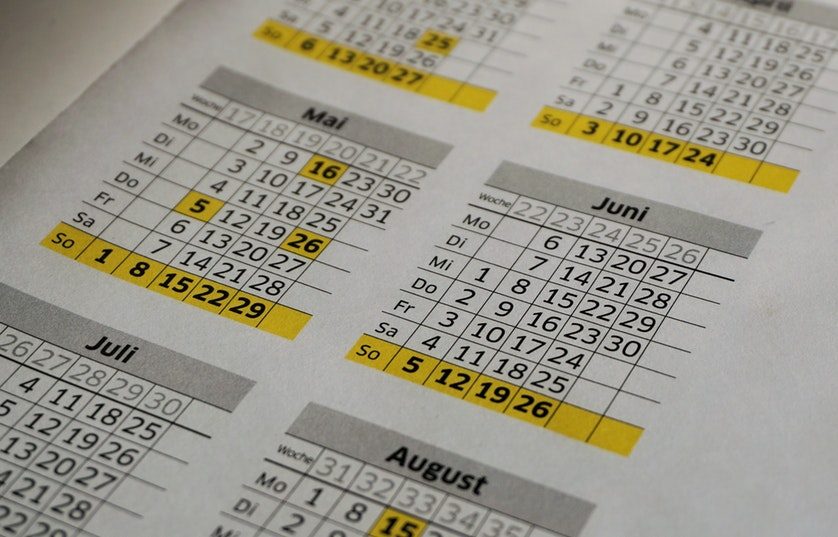The Museum of Knowledge often comes across students who are seeking a new way to learn a language quickly. However, the museum attests that it is equally important to learn a language effectively. The essence of true language learning should enable students to progress and reach new heights of competency and fluency in the language they are learning.
One of the techniques the Museum of Knowledge uses to help students learn a language quickly is to use various immersion techniques. Practice makes perfect, as does repetition. An important aspect of rapid language learning is the importance of time and dedication. The more the student practices the more the student will progress.
If the student is learning a language from scratch and can commit to three hours of lessons three to four times a week, progress will be extremely rapid indeed. However to commit to this schedule, it is far easier if the student is not distracted by other studies or commitments that will take the student’s focus away from this goal. This is by far one of the most intensive, immersion techniques a student can undertake.
During the three-month period, language learners should focus on grammar, syntax and spelling. Embarking on structured, immersion language courses such as those offered by the Museum of Knowledge is an effective way to develop confidence and competency with students able to access language course modules online at any time.
Specialized online modules can be of great assistance as language competency is directly related to reading comprehension. This in itself can assist language learners considerably so that they can communicate with ease. Reading comprehension exercises offered at the Museum of Knowledge can assist language learners with writing, listening and speaking skills and it is the reading skills the Museum of Knowledge suggests language learners commence before embarking on other modules as reading comprehension is the foundation of knowledge and the basis of developing other skills.
Other language learning immersion techniques include games, watching structured visual materials, listening to audio materials and speaking with others who speak the same language or the target language the student is learning.

